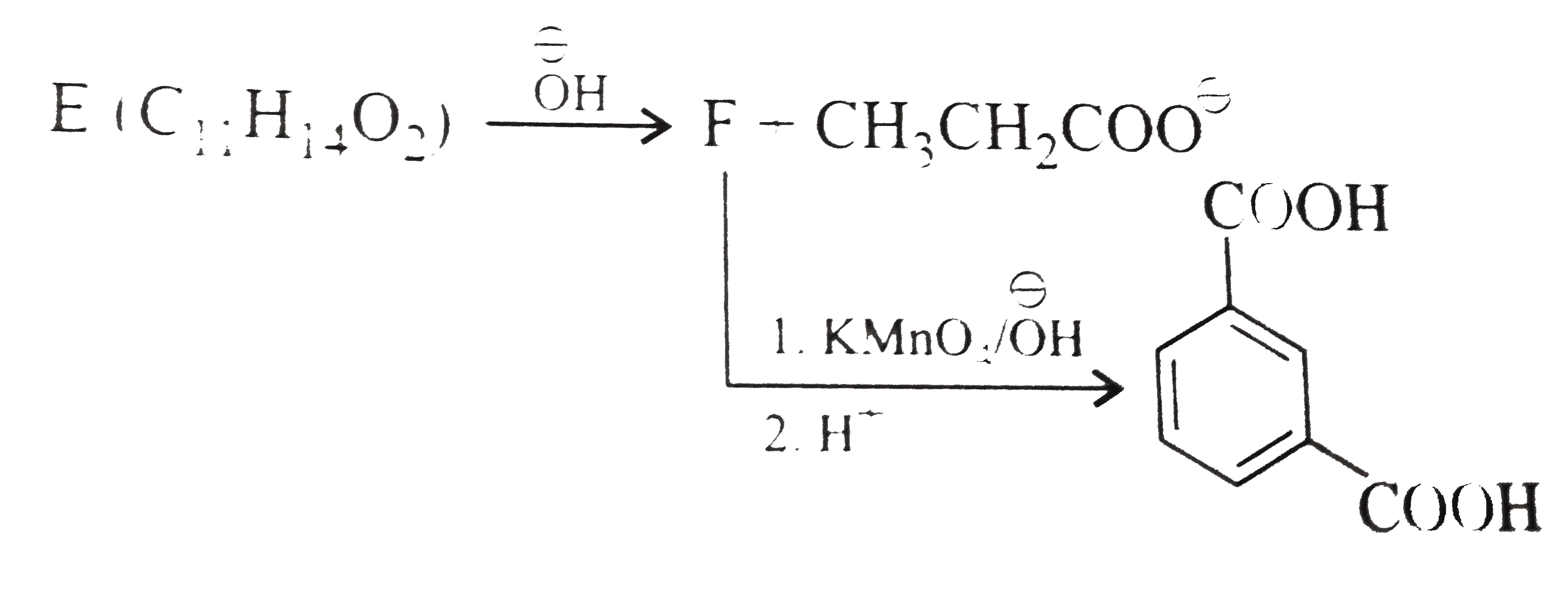Write down the basic structure and mode of working of a receptor.
Step-by-Step Solution:
1. Definition of Receptors: Receptors are specialized proteins located in various parts of the body that bind to specific molecules (ligands) in response to stimuli.
2. Basic Structure:
- Receptors are typically composed of protein chains that are folded into specific three-dimensional shapes.
- They can be found on the surface of cell membranes or within cells.
- The structure of a receptor includes binding sites that are specific to certain molecules, allowing them to recognize and bind to their corresponding ligands.
3. Mode of Working:
- When a specific molecule (stimulus) binds to the receptor, it causes a conformational change in the receptor's structure.
- This binding triggers a series of biochemical events within the cell, leading to a physiological response.
- The response can include changes in cell behavior, such as growth, movement, or secretion of substances.
4. Types of Stimuli:
- Stimuli can be external (like light, sound, or chemicals) or internal (like hormones or neurotransmitters).
- Different receptors respond to different types of stimuli, which is why they are found in various sensory organs (e.g., eyes, ears, nose).
5. Example of Receptor Action:
- For instance, in the case of ovarian growth, specific receptors on the cell membrane bind to hormones, leading to morphological changes in the cells that promote growth.
- Receptors are typically composed of protein chains that are folded into specific three-dimensional shapes.
- They can be found on the surface of cell membranes or within cells.
- The structure of a receptor includes binding sites that are specific to certain molecules, allowing them to recognize and bind to their corresponding ligands.
- When a specific molecule (stimulus) binds to the receptor, it causes a conformational change in the receptor's structure.
- This binding triggers a series of biochemical events within the cell, leading to a physiological response.
- The response can include changes in cell behavior, such as growth, movement, or secretion of substances.
- Stimuli can be external (like light, sound, or chemicals) or internal (like hormones or neurotransmitters).
- Different receptors respond to different types of stimuli, which is why they are found in various sensory organs (e.g., eyes, ears, nose).
- For instance, in the case of ovarian growth, specific receptors on the cell membrane bind to hormones, leading to morphological changes in the cells that promote growth.
Topper's Solved these Questions
- BOOK - PRADEEPCHAPTER - NEURAL CONTROL AND CORRDINATIONEXERCISE - Additional Question (Long Answer Question)29videos
NEURAL CONTROL AND CORRDINATION
- BOOK - PRADEEPCHAPTER - NEURAL CONTROL AND CORRDINATIONEXERCISE - Analytical Question With Answer20videos
NEURAL CONTROL AND CORRDINATION
- BOOK - PRADEEPCHAPTER - NEURAL CONTROL AND CORRDINATIONEXERCISE - Additional Question (Very Short Answer Question)48videos
NEURAL CONTROL AND CORRDINATION
- BOOK - PRADEEPCHAPTER - MORPHOLOGY OF FLOWERING PLANTSEXERCISE - Assertion-Reason Type Questions16videos
MORPHOLOGY OF FLOWERING PLANTS
- BOOK - PRADEEPCHAPTER - PLANT GROWTH AND DEVELOPMENTEXERCISE - Assertion -Reason type question13videos
PLANT GROWTH AND DEVELOPMENT
Similar Questions
Knowledge Check
- Question 1 - Select One
The basic phenomenon of working of an electric generator is
Aelectromagnetic InductionBhall effectCferroelectric effectDphotoelectric effect
Write down the structures of the following: Di allyl amine
View SolutionWrite down the structure and IUPAC name for neo-pentylbromide.
View SolutionWhat is the basic structural unit of chitin?
View SolutionWrite down the structures of the (E) and (F).
 .View Solution
.View SolutionWrite down the structure and IUPAC name for neo-pentylbromide.
View SolutionThe sugar present in DNA is :
View SolutionWrite down about location , structure and functions of parenchyma.
View Solution

